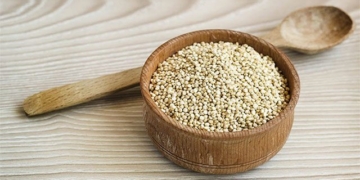The following animal species have exceptionally unique parenting methods.
Top 10 Animals with Unique Parenting Styles
- 1. Orangutans: Strong Bonds
- 2. African Elephants: Teaching Calves in a Herd
- 3. Caribbean Flamingos: The Importance of Proper Nutrition
- 4. Cheetahs: Team Spirit
- 5. Nile Crocodiles: Fierce Protection of Their Young
- 6. Emperor Penguins: Shared Parenting
- 7. Cuckoos: Knowing the Limits
- 8. Seahorses: Pregnancy is Not Just for Females
- 9. Gray Wolves: Care for the Entire Pack’s Young
- 10. Giant Pacific Octopus: The Most Devoted Mothers in the Animal Kingdom
1. Orangutans: Strong Bonds
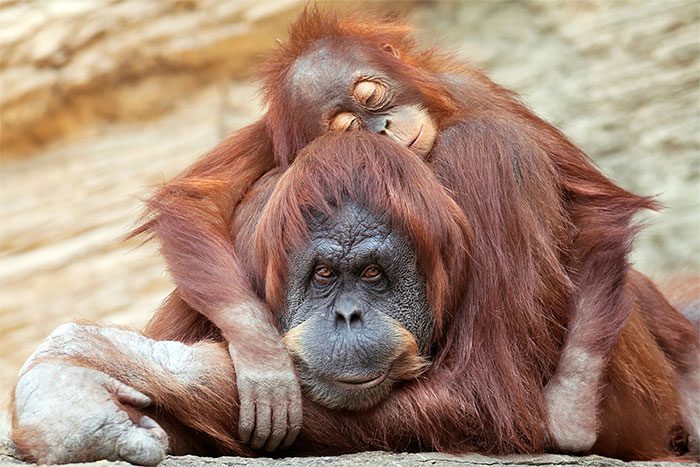
Close nurturing during the early years of a child’s life is crucial for becoming a fully functional adult. Young orangutans spend the first two years completely attached to their mothers, relying on them for both food and transportation.
After this period, the mother orangutan dedicates about five years to teaching her child everything necessary for survival—how to find food, build nests for sleeping, and much more.
2. African Elephants: Teaching Calves in a Herd

To raise a calf, you definitely need a herd. These gentle giants live in a matriarchal society where the bonds of social groups are crucial for survival. Other female elephants assist the new mother by lifting the newborn with their trunks, adjusting the herd’s pace to keep the calf from falling behind, and even helping it nurse.
Throughout childhood, calves learn vital survival skills by observing and imitating both their mothers and their peers.
3. Caribbean Flamingos: The Importance of Proper Nutrition

In the world of flamingos, both the father and mother share the responsibilities of raising their young. They take turns feeding a red, milk-like fluid from their digestive systems into the mouths of the hungry chicks until they are large enough to eat solid food. Moreover, flamingo parents do this for quite a long time, ensuring their chicks are strong enough to continue feeding.
4. Cheetahs: Team Spirit
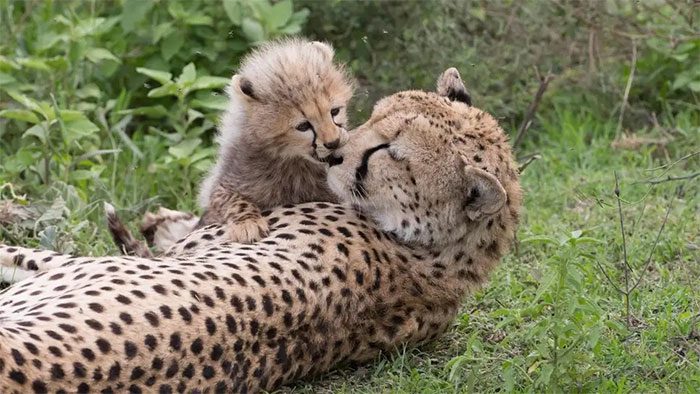
A litter of cheetah cubs typically consists of two to six individuals. Throughout their first year and a half, the mother cheetah spends most of her time moving the family from den to den to protect them from predators and teach them to hunt together.
Once the cubs are ready to act, they form a sibling group to hunt together for six months without their mother.
5. Nile Crocodiles: Fierce Protection of Their Young
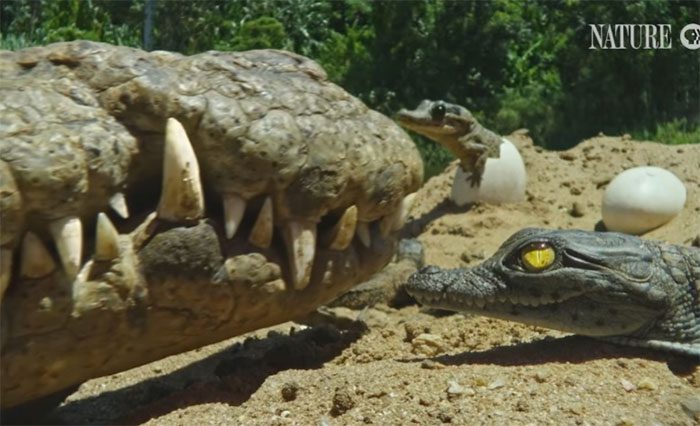
Nile crocodiles are known as deadly animals, but they also use their sharp teeth, powerful jaws, and killer instincts to protect their families. Unlike most reptiles, after laying eggs and fleeing, Nile crocodiles, both male and female, fiercely protect and care for their future offspring. These formidable reptiles will even keep the hatchlings warm and safe in their mouths if necessary.
6. Emperor Penguins: Shared Parenting

After the female emperor penguin lays an egg, she leaves it for the male penguin to care for. The father will sit down and keep the chick warm while the mother travels 50 miles to the ocean. However, this is not a beach vacation: the mother penguin is there to catch some fish, then make the long journey back to her little family to feed her beloved chicks.
7. Cuckoos: Knowing the Limits
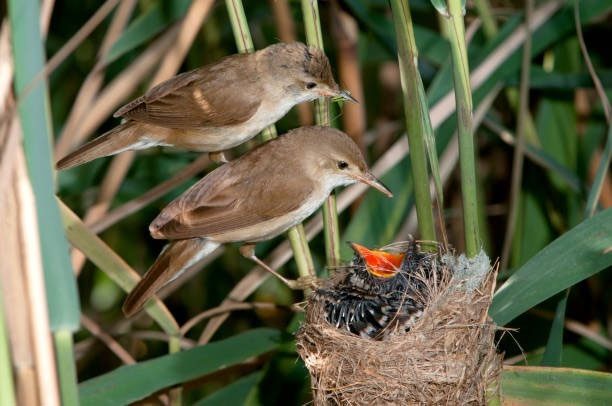
Mother cuckoos seem to be well aware that they do not fulfill the challenging task of raising a chick, so they secretly lay their eggs in the nests of other birds, often smaller and considered more gullible.
When the egg hatches, the cuckoo chick throws out the other chicks and eggs. Now the cuckoo is alone in the nest, receiving all the food and care from its foster parents until it learns to fly.
8. Seahorses: Pregnancy is Not Just for Females

In seahorses, giving birth is not gender-specific. The female seahorse deposits her eggs into a special pouch of the male, then swims away. The male fertilizes the eggs and carries them for about 20 days until it’s time to give birth, releasing hundreds of tiny seahorses from the pouch.
9. Gray Wolves: Care for the Entire Pack’s Young
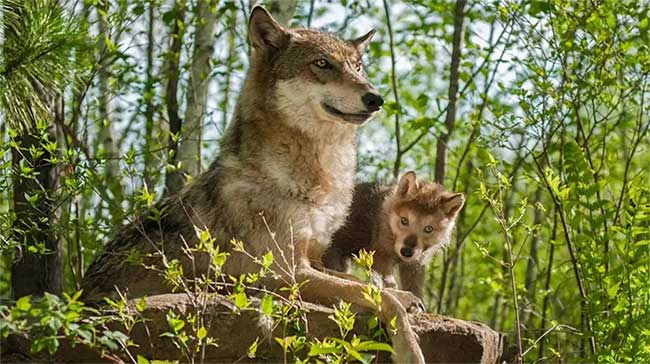
Gray wolves often form lifelong bonds, with both the father and mother devoted to protecting and raising their pups. The wolves often help each other care for the pups, especially the pups of the alpha pair.
The wolf family is quite a classic one: the father wolf hunts, while the mother stays in the den with the pups, caring for them, feeding them, and teaching them. As they grow, the pups start to forage with the pack. Within about a year, they learn the wisdom of hunting, social hierarchy, and proper behavior, after which they will either stay and become pack members or embark on their own journeys.
10. Giant Pacific Octopus: The Most Devoted Mothers in the Animal Kingdom
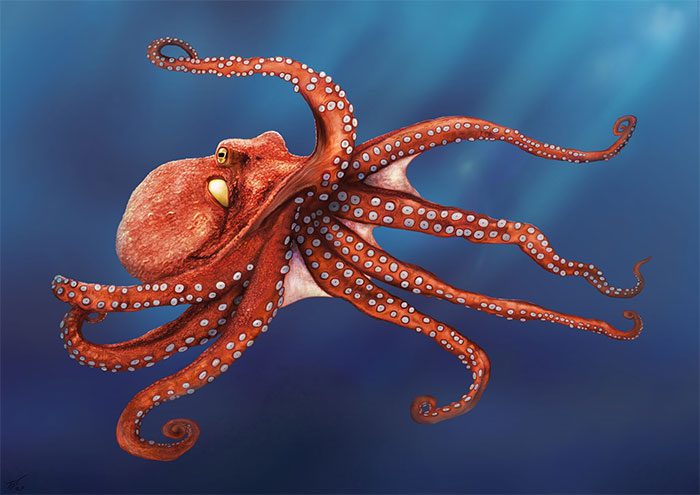
Female giant Pacific octopuses live up to five years but only mate once until the end of their lives. After fertilization, the male swims away and dies within a few months. On the other hand, the female finds a cave or hidden crevice and lays up to 100,000 eggs there at once.
Then, the mother octopus will spend six to ten months cleaning, guarding, and caring for her precious eggs. The mother octopus will not even venture out to eat while caring for her young.
As a result, the mother octopus is almost always hungry but still has to bring all those eggs from her shelter into the light, after which she may die beside her eggs…

















































